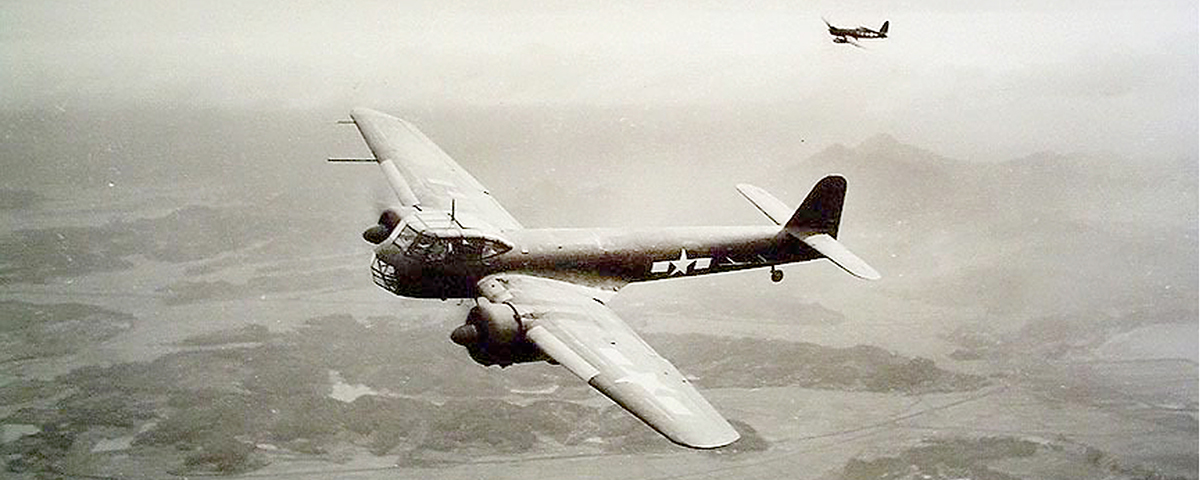Kyushu Q1W1 Tokai
In contrast to Germany’s endlessly versatile Junkers Ju-88, to which it bore a superficial resemblance, Japan’s Kyushu Q1W1 Tokai (Eastern Sea) was built with one specific role in mind. Conceived in late 1942 in response to growing shipping losses to American submarines, it was the world’s first purpose-built subhunter.
In addition to using the airplane’s glazed nose and fuselage floor for a panoramic downward view, the Q1W’s three-man crew employed a magnetic anomaly detector, radarand an electronic support measures antenna, although the advanced search radar intended for it was never installed. Its twin 610-hp Hitachi GK2C Amakaze 31 nine-cylinder radial engines were not meant for speed, but endowed it with an 839-mile range. Besides two 550-pound bombs or depth charges, it carried one or two Type 99 20mm cannons forward and a 7.7mm Type 92 machine gun aft.
First flying in September 1943, the Tokai went into production in the spring of 1944 and entered service in January 1945 as the Q1W1 Model 11. A few Q1W2 Model 21s with wooden tail surfaces were built, along with a Q1W1-K Tokai-Rentraining version, for a total of 153.
By the time the Allies identified it and gave it the codename Lorna, the Tokai’s sub-killing prospects were severely handicapped by the presence of Allied aircraft over Japanese waters. Some participated in suicide attacks against the U.S. fleet, but their maximum speed of 201 mph made them equally unsuited for that task. The Lorna shown here in American markings is being test-flown after the war for evaluation purposes, with a Vought F4U Corsair flying escort.

